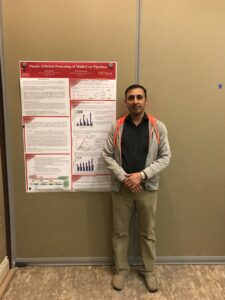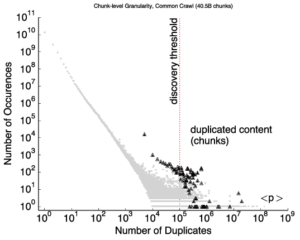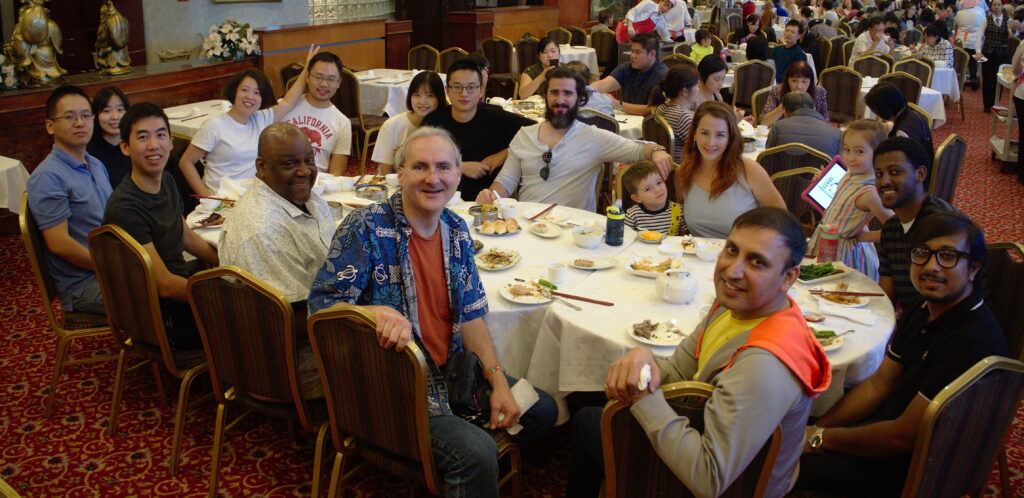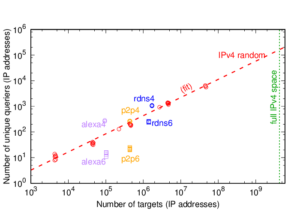Ryan Bogutz completed his summer undergraduate research internship at ISI this summer, working with John Heidemann and Yuri Pradkin on his project “Identifying Interesting Outages”.
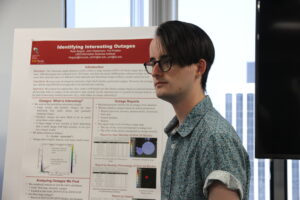
In this project, Ryan examined Internet Outage data from Trinocular, developing an outage report that summarized the most “interesting” outages each day. Yuri integrated this report into our outage website where is available as a left side panel.
We hope Ryan’s new report makes it easier to evaluate Internet outages on a given day, and we look forward to continue to work with Ryan on this topic.
Ryan visited USC/ISI in summer 2019 as part of the (ISI Research Experiences for Undergraduates. We thank Jelena Mirkovic (PI) for coordinating the second year of this great program, and NSF for support through award #1659886.
